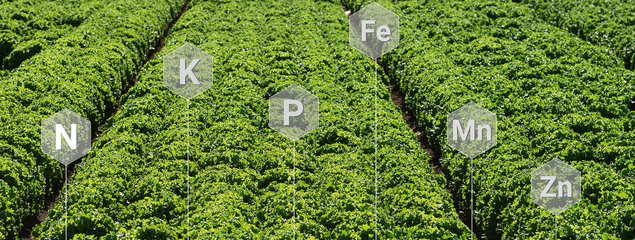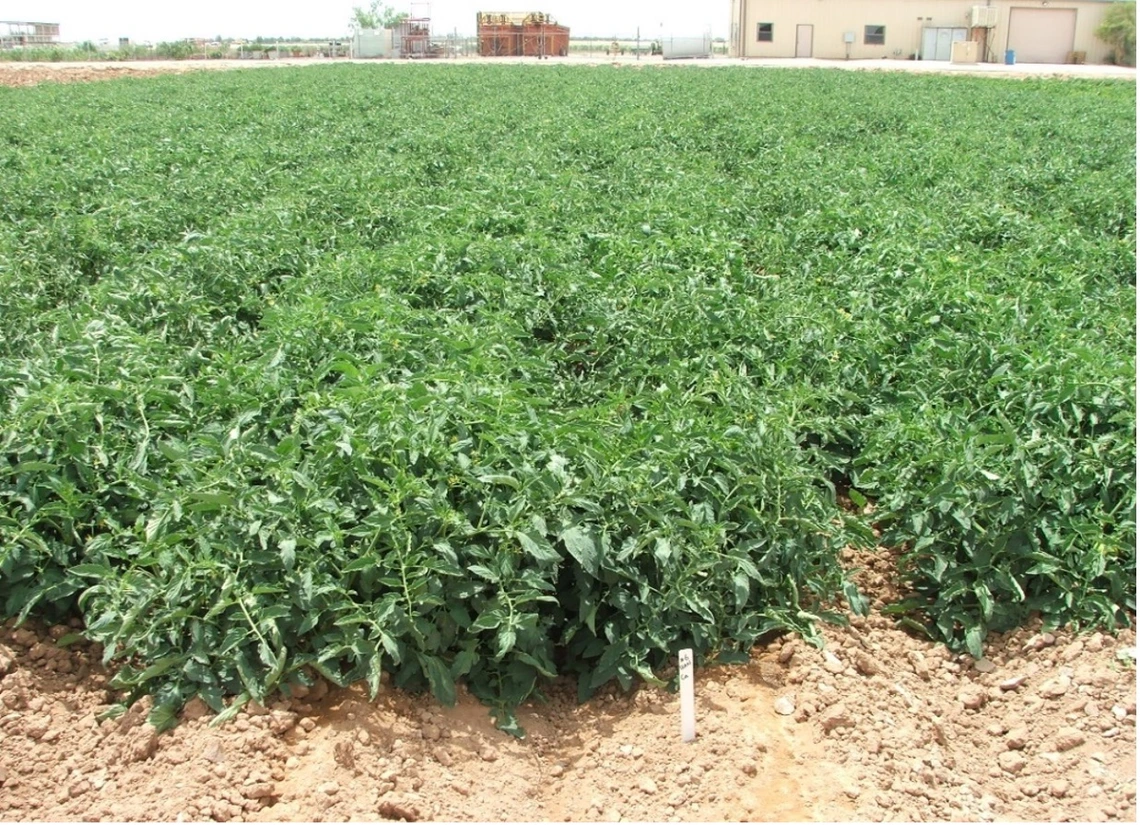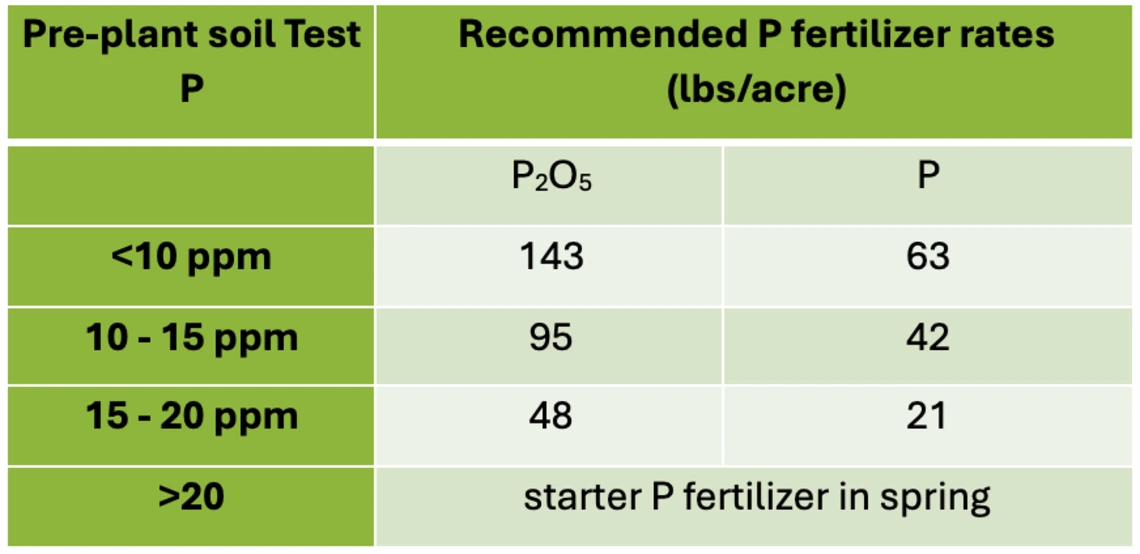
Improve Plant Nutrition
Fertilizer Guidelines for Vegetable Crops in Arizona
Crop Fertilizer Guidelines (3)
Tomatoes (3.14)
Tomatoes shipped from Arizona are from greenhouse industries, and this webpage is directed toward field-grown vegetable crops. There is currently no commercial shipping or processing of field grown tomatoes from Arizona. Most of the industry is for local sale, including farmer markets, roadside vendors, and you-pick operations (Figure 3-13-1). Complete statistics on these enterprises are not available, but the author of this webpage estimates commercial tomato acreage is less than 100 acres (92). We have no data for fresh market tomato, but data in the literature show seasonal nitrogen (N) accumulation by processing tomato is approximately 320 lbs N/acre and amounts of N in the harvested fruit about 160 lbs N/acre (12, 13).
Pre-plant N applications should be based on a pre-plant nitrate-N test, and recommended rates will vary from 10-40 lbs/acre depending on soil test levels and rates of monoammonium phosphate (MAP) applied as a pre-plant phosphorus (P) fertilizer (Section 2.1). The N can be applied in a blend with the pre-plant P fertilizer.
In furrow irrigated systems, the N rate to be applied at side dress should be based on a pre-side dress nitrate-N test. The required application rate depends on the difference between the minimum required threshold of 30 ppm and the measured soil test level. Approximately 4 lbs of N/acre needs to be added to increase the soil test nitrate-N by 1 ppm. Nitrogen fertigation in furrow water later in the season may be required if soil nitrate-N levels fall below 20 ppm before full bloom.
Some tomatoes in Arizona are also produced under drip irrigation. These systems allow for frequent split fertigation opportunities, and N guidelines for these practices are addressed in Section 4.4.
Tomato will show a response to P fertilizer up to 20 ppm Olsen P (Table 3-13-1), but tomatoes planted into cold soils in the spring may benefit from a starter P fertilizer even at Olsen P levels above 20 ppm.
Tomato yield responses to potassium (K) fertilizer have not been documented in Arizona. Research in California showed 150 ppm AA K is generally sufficient for maximum total production but may be insufficient for avoiding fruit quality disorders (45, 46, 47). For this reason, these authors have suggested a soil test threshold as high as 270 ppm AA K on clay loam soils. In tomato N and P fertility experiments at the Maricopa Agricultural Center, the author never fertilized tomatoes with K fertilizers because soil tests exceeded 150 AA K. However, fruit quality disorders were never observed. Because all field tomatoes produced in Arizona are for fresh market, and color disorders would impact marketability, we set a tentative threshold of 200 ppm AA K. Leaf tissue K concentration greater than 2.5% generally indicates K sufficiency (Section 4.3).
Based on recent observations that some vegetable crops have shown response to zinc (Zn) fertilization in Arizona, soil DTPA Zn levels should be monitored (Section 2.5). Furthermore, leaf tissue Zn levels below 25 ppm might be cause for concern.

Figure 3-14-1
Field fertilizer research with tomato at the Maricopa Agricultural Center in Arizona.

Table 3-14-1
Tomato P fertilizer guidelines by pre-plant Olsen P soil test

